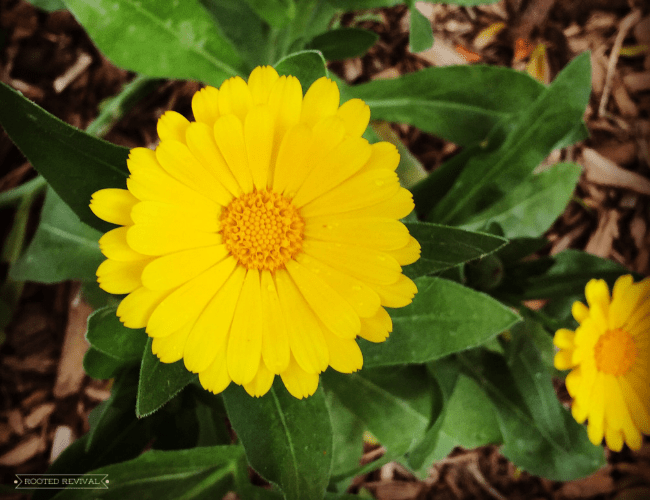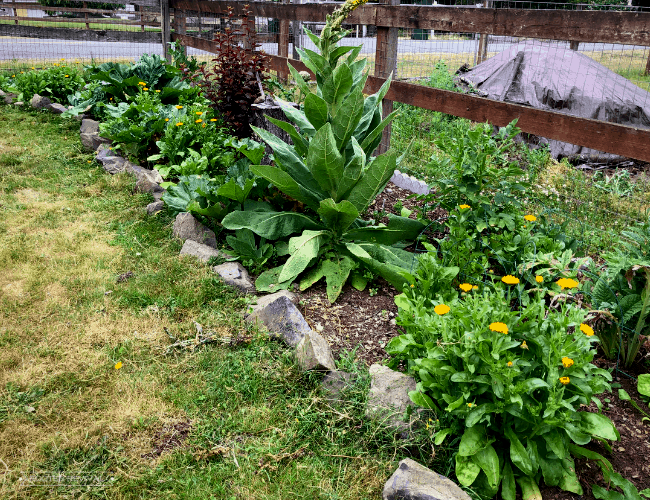Calendula is a vibrant plant (with numerous benefits). I believe it’s a must-have flower to grow in your garden. But before you begin, you should know its exact seed germination time (otherwise, things could get ugly).
I love Calendula because its skin-soothing properties are literally to die for! Though the flower is easily available in the market, I prefer to grow it in my own garden. It takes around 7 to 14 days for calendula seeds to start germinating. If you’re planning to grow it, you should pick the perfect soil for your plant and water it just right. This is how you’ll have your own little wellness corner at home (just like me).
Today, I’ll answer:
- What is the Calendula seed germination time?
- Why are my calendula seeds not germinating?
How long do Calendula seeds take to germinate?
Calendula seeds usually take about 7 to 14 days to start germinating. I know the waiting time is hard, but it’s worth it in the end!
Your task is to plant the seeds in fertile soil and make sure to water them properly (Don’t drown them). If you do things in the right way, soon enough, you’ll see the little sprouts popping up.
Once they’re fully grown, you’ll have the flower right in your home, all set to show some magic for your skin and much more! So, be patient and enjoy the process.

Why are my Calendula seeds not germinating?
If your Calendula seeds have not started germinating and the correct time window (7 to 14 days) has passed, it’s quite concerning! But don’t worry, I’ve got your back. I’ll tell you what you’re doing wrong. Hear me out:
1. Calendula Seed Depth
When you’re planting Calendula seeds, pay attention to how deep you’re putting them into the soil. If you go too far down the ground, this will make it hard for the seeds to sprout.
Do you know why?
Calendula seeds (and all the others, too) need some sunlight. If they’re buried too deep, they might struggle to reach the light they require to grow.
So, keep it shallow, and your seeds will thank you by sprouting up into healthy plants.
2. Moisture Needs
Calendula seeds need a cozy and damp environment for growth.
But you don’t have to go over the board. Just keep the watering moderate (Not too little and definitely not too much).
It’s all about finding the perfect balance, and this way, your Calendula seeds will be happy and start sprouting into beautiful plants within time.
3. Soil Conditions
Calendula seeds are quite picky when it comes to their living conditions (down the soil).
They love soil that feels light and fluffy, not hard and packed down. Otherwise, your little seeds might struggle to move and grow.
Now, here’s another thing! If the soil holds onto water too much, it becomes a big puddle. And just like you wouldn’t want your feet to be in water all the time, neither do these seeds. The soil should soak up water but not get waterlogged (More like a sponge).
So, always go for well-draining soil, and you should be good to go!
4. Temperature Requirements
Surprisingly, Calendula seeds like it when the ambient atmosphere is a bit cool. These seeds can bear the colder temperatures of fall, winter, and early spring.
I’ve discovered that the sweet spot for them is around 16.5–16.8 °C.
But here’s a bummer! If the temperature increases above 17 °C, Calendula may take more time to germinate.
5. Calendula Seed Quality
If Calendula seeds are old or haven’t been stored in the right way, their magical powers start to fade, and your plants might struggle to grow (that’s the last thing you would want).
This is the reason I always use fresh and high-quality Calendula seeds, and I advise you to do the same! This is the best chance I give them to grow into healthy, happy ones, and why on earth would I mess it up?

What is the best way to sow Calendula seeds?
Straight out of my mind, I can think of only one way to sow the Calendula seeds.
And you know what?
It also helps them germinate at the right time (with no fuss). Let me show you!
First things first, find a perfect spot for your Calendula seeds in your garden (with enough sunlight). Once you’ve nailed it, get your hands dirty and dig the soil. It’s like preparing a cozy bed for your precious plants!
Hey, but don’t forget to mix in some old plants or leaves in the soil. This adds a bit more of that coziness, trust me!
Now, let’s talk about the Calendula seeds. If you’ve seen them before, you’ll know that they are not tiny like others. In fact, they are large (and irregularly shaped), which means you don’t need a huge quantity to blossom your whole garden. So, a handful of them in the soil is more than enough!
Here’s a pro tip (Follow it, or you’ll regret it later): Don’t put the seeds too close to each other. Give each of them some space to grow and breathe.
After you’ve scattered the seeds, gently press them into the soil. This helps them get comfortable in their new home.
If you follow all my tips and tricks, you’ll see tiny green sprouts popping up real soon! These are your Calendula plants saying hello to you!
And if you do it right and take care of them, your garden will be full of Calendula plants. You’ll have a bit of nature’s magic right outside your doorstep.
Final Words!
There you go; I’m done with telling you the exact Calendula seed germination time. Now you know what to do if you are confused about why they don’t start to grow.
So, put your gardening gloves on and start working. Soon, Calendula flowers will take over your garden, and you’ll be able to use it in many natural remedies!
